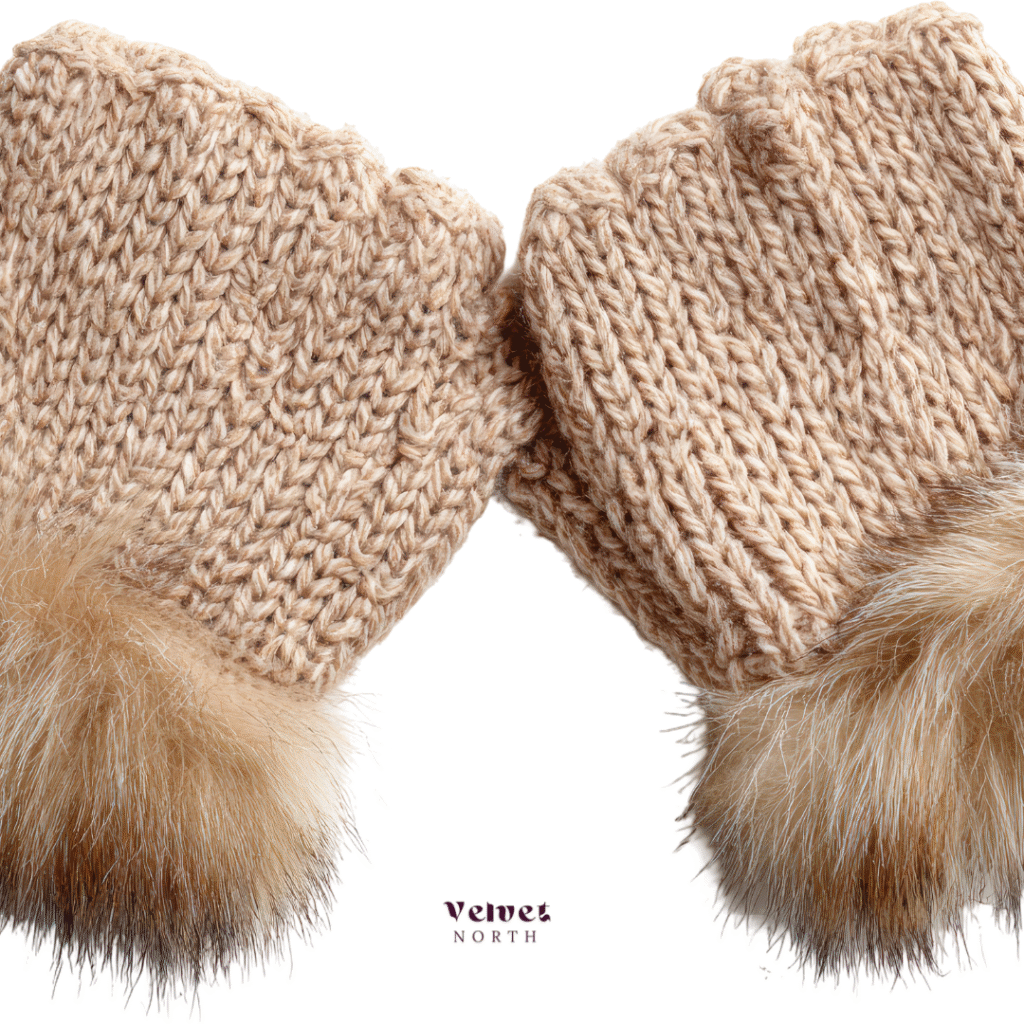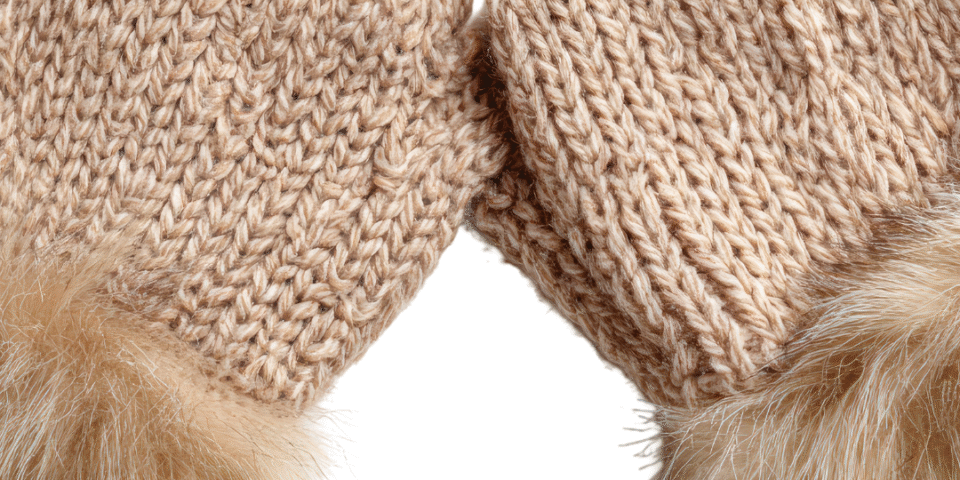Knit cuff vs gusset cuff—this comparison has shaped many of my design decisions over the years. As a knitter and garment maker, I’ve often found myself weighing the benefits of each cuff style depending on the purpose, fabric, and wearer. Whether I’m crafting a cozy sweatshirt or a tailored jacket, the cuff is never just an afterthought. It’s a functional and aesthetic detail that can make or break the comfort and durability of a piece. In this article, I’ll explore the differences between knit cuffs and gusset cuffs, drawing from my own experience and research into garment construction.
Understanding the Knit Cuff
The knit cuff is a classic choice in casual and activewear. It’s typically made from ribbed knit fabric, which is stretchy and soft. I often use knit cuffs when I want a snug fit around the wrist or ankle without adding bulk or stiffness. These cuffs are usually sewn as separate pieces and attached to the sleeve or pant leg, creating a clean, finished edge that hugs the body.
What I love most about knit cuffs is their simplicity. They’re easy to sew, forgiving in fit, and they add a sporty, relaxed vibe to garments. I’ve used them in hoodies, joggers, and even lightweight jackets. The elasticity of the rib knit allows for movement while keeping the garment in place. For children’s clothing, knit cuffs are especially practical—they stretch easily over small hands and feet and don’t require fasteners.

From a technical standpoint, knit cuffs are ideal for fabrics that have some stretch. They complement jersey, fleece, and interlock knits beautifully. When I work with heavier fabrics, I sometimes double the cuff or use a firmer rib knit to maintain structure. The key is matching the cuff’s stretch and recovery to the garment’s weight and purpose.
Exploring the Gusset Cuff
The gusset cuff, on the other hand, is a more tailored and complex construction. It involves adding a gusset—an extra piece of fabric inserted into a seam to provide expansion or reinforcement. In cuffs, gussets are often used to allow for greater range of motion or to accommodate layering. I’ve seen gusset cuffs in outerwear, uniforms, and performance gear where durability and flexibility are paramount.
When I first experimented with gusset cuffs, I was intimidated by the patterning. Unlike knit cuffs, which are straightforward rectangles, gusset cuffs require precise shaping and placement. But once I got the hang of it, I appreciated the engineering behind them. A well-placed gusset can transform a stiff sleeve into a flexible one, allowing the wearer to bend, reach, or twist without resistance.
Gusset cuffs are typically found in woven garments, where stretch is limited. They’re often paired with closures like snaps, zippers, or Velcro to adjust fit. I’ve used gusset cuffs in hiking jackets and workwear, where the sleeve needs to accommodate gloves or movement. The gusset adds volume without compromising the silhouette, and it reinforces stress points that would otherwise wear out quickly.
Knit Cuff vs Gusset Cuff: Key Differences
To help clarify the knit cuff vs gusset cuff debate, I’ve broken down their main differences:
| Feature | Knit Cuff | Gusset Cuff |
|---|---|---|
| Fabric Type | Ribbed knit (stretchy) | Woven or non-stretch fabrics |
| Construction | Simple, attached separately | Complex, involves gusset insertion |
| Fit | Snug and stretchy | Adjustable, roomy, reinforced |
| Use Case | Casualwear, activewear, kids’ clothes | Outerwear, uniforms, technical gear |
| Fasteners | None needed | Often includes snaps, zippers, Velcro |
| Flexibility | High due to stretch | High due to gusset design |
Sources:
When to Choose Knit Cuffs
In my studio, I reach for knit cuffs when I want comfort and ease. They’re perfect for garments that need to be pulled on and off quickly, like sweatshirts or joggers. I also use them when I want to add a pop of color or texture—rib knits come in endless variations, and they’re easy to swap out for contrast.
Knit cuffs are also great for beginners. If you’re just learning to sew or knit garments, they’re forgiving and adaptable. I’ve taught many students to start with knit cuffs because they build confidence and teach the basics of stretch sewing.
One of my favorite sources for rib knit fabric is Velvet North’s PatternCollection. Their selection includes high-quality options that hold up well over time, and I’ve used their fabrics in several successful projects.
When to Opt for Gusset Cuffs
Gusset cuffs are my go-to when I need durability and performance. If I’m making a jacket for hiking or a uniform for physical work, gusset cuffs provide the flexibility and reinforcement that knit cuffs can’t. They’re also more professional-looking in structured garments.
I’ve learned that gusset cuffs require careful planning. You need to consider the angle of the sleeve, the placement of the gusset, and how it will interact with other elements like pockets or closures. But the payoff is worth it—a gusset cuff can elevate a garment from functional to exceptional.
Combining Both Styles
Interestingly, I’ve found that knit cuff vs gusset cuff doesn’t always have to be an either-or decision. In some designs, I’ve combined elements of both. For example, I’ve added a small gusset to a knit cuff to improve movement in a tight sleeve. Or I’ve used a knit cuff with a zipper overlay for adjustable fit.
This hybrid approach allows me to customize garments for specific needs. A winter jacket might have a knit cuff for warmth and a gusset for glove access. A performance top might use a gusseted knit cuff to balance comfort and range of motion.
The Role of Cuffs in Garment Design
Cuffs may seem like minor details, but they play a crucial role in how a garment feels and functions. The choice between knit cuff vs gusset cuff affects not only the look but also the wearability. I’ve had clients tell me that a well-fitting cuff made all the difference in how often they wore a piece.
In fashion, cuffs also signal style. Knit cuffs suggest casual, sporty, or youthful vibes. Gusset cuffs lean toward utilitarian, rugged, or professional aesthetics. Understanding this helps me design garments that resonate with the wearer’s lifestyle and preferences.
Final Thoughts
Knit cuff vs gusset cuff is a question I revisit often. Each has its strengths, and the right choice depends on the garment’s purpose, fabric, and audience. As a maker, I value both styles for what they offer—comfort, flexibility, structure, and durability.
If you’re exploring cuff styles in your own work, I encourage you to try both. Start with a simple knit cuff to get a feel for stretch sewing. Then challenge yourself with a gusset cuff to understand garment engineering. The more you experiment, the more confident you’ll become in choosing the right cuff for every project.
And if you’re sourcing materials, don’t overlook Velvet North’s rib knits. Their quality and variety make them a reliable partner in any cuff-related endeavor.
For further reading on cuff construction and types, I recommend this comprehensive guide to cuffs in garment design—it’s a helpful resource for understanding the nuances of cuff styles and their applications.
In the end, cuffs are more than just sleeve endings—they’re expressions of fit, function, and fashion. Whether knit or gusset, they deserve our attention and care.

